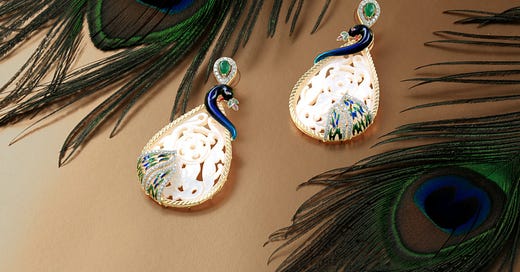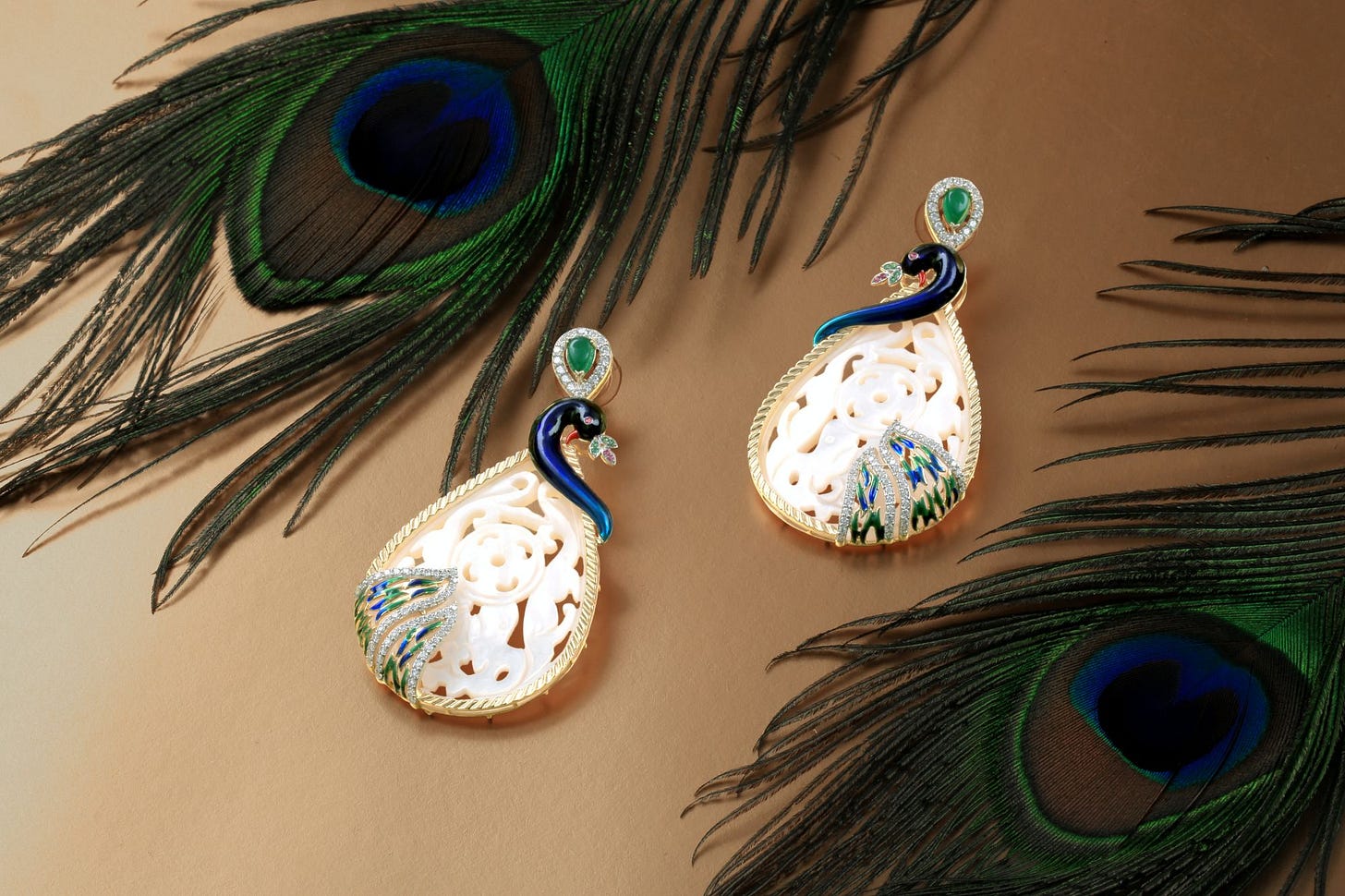Some of my favorite books, including the Black Jewels Trilogy by Anne Bishop and Dragon Prince by Melanie Rawn, use jewelry as status symbols in their worldbuilding. The color of one's jewelry is a symbol of psychic strength in Bishop's works, and skill is telegraphed by the number of rings worn by Sunrunne…
Keep reading with a 7-day free trial
Subscribe to Manuscriptions to keep reading this post and get 7 days of free access to the full post archives.



